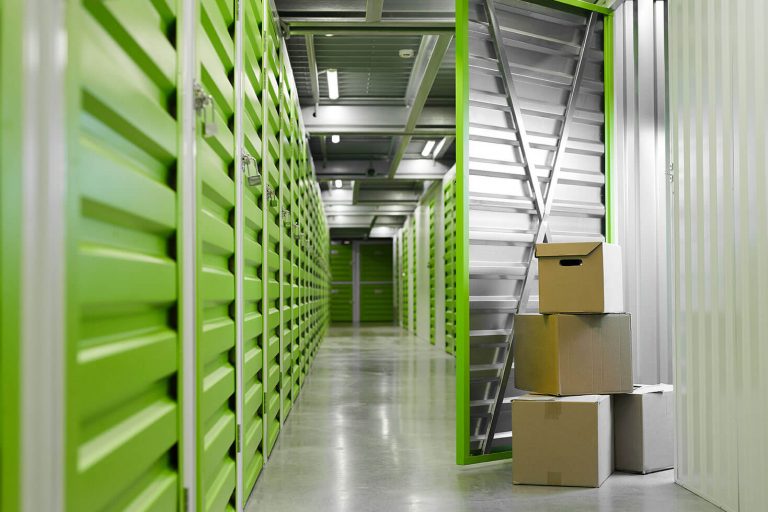Qualified Residential Living Facilities
The IRS is providing a “safe harbor” for “qualified residential living facilities” to elect to be an “electing real property trade or business” for purposes of the rules that limit the business interest deduction. This revenue procedure emphasizes some key points to keep in mind as follows:
- §1.163(j)-9 provides rules and procedures for making an election under Code §163(j)(7)(B) to be an “electing real property trade or business.”
- Code §469(c)(7)(C) defines “real property trade or business” as any real property development, redevelopment, construction, reconstruction, acquisition, conversion, rental, operation, management, leasing, or brokerage trade or business.
- Code §168(g)(1)(F) provides that an “electing real property trade or business” within the meaning of Code §163(j)(7)(B) must use the alternative depreciation system (ADS) for property described in Code §168(g)(8) (i.e., residential rental and commercial real property, along with QIP)
The IRS is once again clarifying that residential living facilities that include the provision of supplemental assistive, nursing, or routine medical services are eligible to make the election as “real property trades or businesses” under Code §163(j)(7)(B). (Notice 2020-59)
Definition of Qualified Residential Living
Facility: A “qualified residential living facility” is either:
- A residential living facility that:
- Consists of multiple rental dwelling units within one or more buildings or structures that generally serve as primary residences on a permanent or semi-permanent basis to individual or patients.
- Provides supplemental assistive, nursing, or other routine medical services; and
- Has an average period of customer or patient use of individual rental dwelling units of 30 days or more: or
- A residential living facility that qualifies as “residential rental property” under Code §168(e)(2)(A)
Authored by:
Dr. John Connors, J.D., CPA, LLM
Tax Educator’s Network, LLC
TaxesProf@msn.com
For subscription information on Dr. John Connors’ educational materials, click here.




